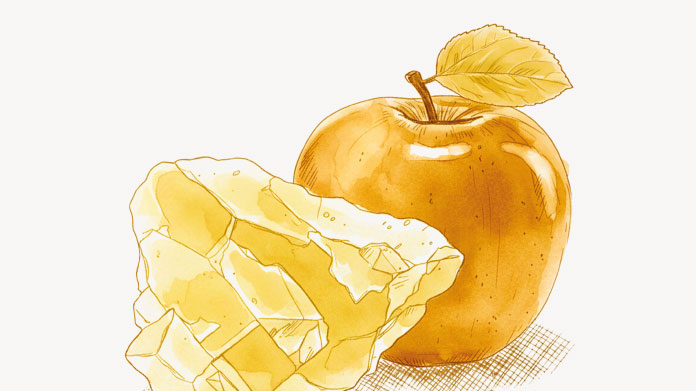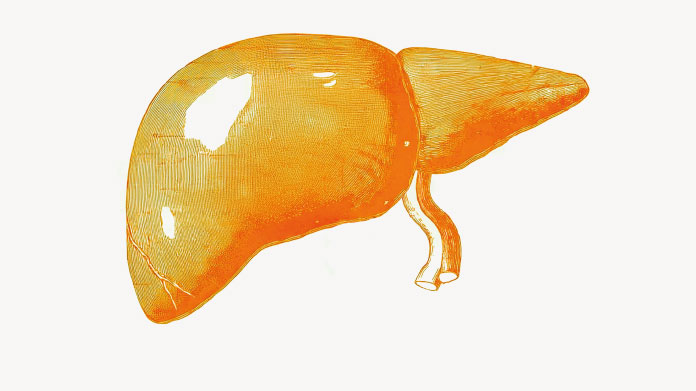Everything you need to know about spirulina!
The latest food trend among top chefs, a complete meat substitute for vegetarians, a superfood with exceptional benefits … spirulina is grabbing more and more headlines across the globe.

What exactly is spirulina?
Spirulina is a blue-green algae, or filamentous cyanobacteria to be precise. There are thousands of species of cyanobacteria but only a few are edible. They include Arthrospira platensis, the main species used and sold as ‘spirulina’. The name comes from the spiral shape of the Arthrospira cyanobacteria.
Where does this blue algae come from?
The blue algae Arthrospira platensis known as spirulina grows naturally in warm water lakes. First discovered in the lakes of Mexico and Chad, it is now cultivated in many countries across the world.
What is it composed of?
Spirulina has been used for many years in both Mexico and Chad for its high nutrient content. It does indeed boast an exceptional nutritional composition: protein (50-70%), carbohydrates (15-25%), minerals (7-13%), lipids (4-7%) and fibre (2-8%). As a result of these qualities, spirulina is today used across the world for fighting malnutrition. Indeed the World Health Organization (WHO) believes this microalgae to be one of the most complete foods in the world and one of the best sources of nourishment for the future.
What are spirulina’s benefits?
Like other algae such as Chlorella and Ecklonia cava, spirulina is regarded as a superfood. It is distinct in having a high vegetable protein content with excellent bioavailability in the body. It also has the advantage of providing the eight amino acids essential to the body: methionine, tryptophan, threonine, lysine, phenylalanine, valine, leucine and isoleucine. Spirulina is also a source of other molecules the body needs in order to function properly, including certain minerals and vitamins. For example, it is known for its high content in iron and beta-carotene, a vitamin A precursor. Omega-6 fatty acids have also been identified in spirulina’s composition. Last but not least are the two natural pigments responsible for spirulina’s blue-green colour: chlorophyll and phycocyanin.
Why take spirulina?
As you can see, there is not just one reason, but many reasons to consume spirulina. With its outstanding nutritional composition, this micro-algae offers multiple benefits for health. In providing proteins, amino acids and essential minerals, it appears to support the healthy function of the body as a whole. Its beta-carotene content also gives it an antioxidant effect which combats oxidative stress and cellular ageing. A number of studies suggest that spirulina supports the immune system in fighting infection, lowers blood sugar in diabetics and reduces lipid levels including cholesterol and triglycerides.
How should you consume spirulina?
Once harvested, spirulina has to be dried before it can be used. Given its nutritional qualities, it is today marketed in several forms, including flakes, powder or dietary supplements. Why not check out SuperSmart’s Spirulina supplement, with 498.5mg of spirulina per tablet for optimal efficacy. The powder used in this supplement complies with high standards of quality, producing a safe and bioavailable product.
SUPERSMART ADVICE
Keywords
5 Days
The products I use are excel·lent
The products I use are excel·lent
ROSAS Josep Maria
13 Days
Delivery is prompt and I never saw a…
Delivery is prompt and I never saw a quality problem with the manufacturing. It is not possible to assess efficacy on a personal basis, since too many factors come into play. Efficacy can only be assessed statistically with a sufficient number of cases.
Roger De Backer
14 Days
I collaborates with the Supersmart…
I collaborates with the Supersmart more than 10 years. Every thing is going good. Quality of the things is good. Delivery comes in time. Five stars definitely !!!
Oleksiy
14 Days
All good
Simple, frictionless site, easy ordering, good delivery updates and execution.
Chris Robbins
16 Days
I feel better
I feel better
Peter Ammann
16 Days
Prompt delivery
Prompt delivery
JAKUB Radisch
18 Days
My new go-to for top quality supplements!
I am buying more and more of my supplements from this superb, high quality company. Cannot recommend it enough. Plus, excellent customer service with a quick, helpful team and speedy deliveries. Highly recommend Supersmart!
Cecilie H.
21 Days
SUPERSMART WHAT ELSE👍
SUPERSMART WHAT ELSE👍
DIEDERLE Christophe
24 Days
Excellent quality products with…
Excellent quality products with innovative formulas, as someone who has been suffering with acid reflux, these supplements have been lifesavers.
Oriana Moniz
24 Days
high quality supplement!
high quality supplement!
GALANT
25 Days
Good service prompt delivery
Good service prompt delivery
Mrs Marcella Reeves
30 Days
I like your clear explanation
I like your clear explanation. And how to make a choice of products for a specific health problem
Ingrid
36 Days
Great product and it arrives quickly.
Great product and it arrives quickly.
SOMMARIVA Gianni
37 Days
Excellent products and fast service.
Excellent products and fast service. What do we need more?
Margarida
41 Days
The variety of products is amazing
The variety of products is amazing, the offers are good and the sending is very fast. I just miss having a bit more of guidance about combinations, possible interactions, etc.
Maria Angeles Verdu






